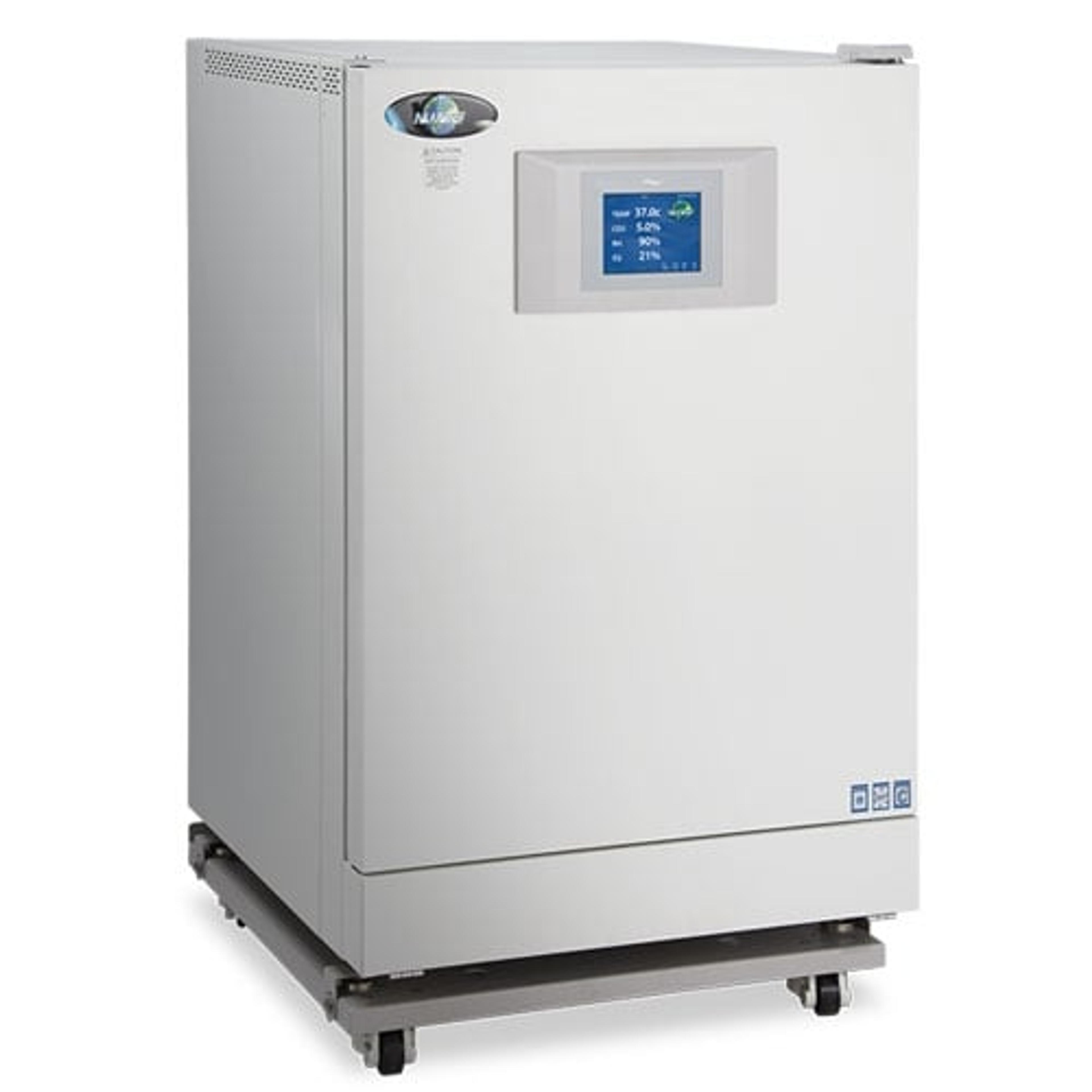How to Choose Between Direct Heat or Water Jacket Temperature Controlled Incubators
A side-by-side comparison of temperature control techniques to help you find your next incubator
30 Oct 2017
A reliable, robust CO2 incubator is a key piece of equipment for any biological or medical laboratory. The ability to control temperature, relative humidity and carbon dioxide levels forms the basis of environmental control, isolating cell cultures within their ideal growth environment.
In this article, we compare the two main technologies for incubator temperature control - direct heat and water jacket techniques - and explore the unique advantages offered by each.
Which incubator should I choose?
Choose a direct heat CO2 incubator if:
- You expect limited fluctuations in ambient temperature or power failures
- The incubator is under regular use, requiring the door to be open for longer periods of time and more frequent re-establishment of a stable temperature
- Set-up and maintenance time is critical
- Sterilization/decontamination cycles are vital
Choose a water jacket CO2 incubator if:
- Your cell types are sensitive to vibration and/or need a higher humidity level
- Fluctuations in ambient temperature or power failures are likely
- You need to operate at lower temperatures
- You use shallow well plates without desiccation
- You need a more even temperature distribution throughout the incubator
Have you used a NuAire incubator? Leave a review and help inform other scientists.
Read our side-by-side comparison
Feature Direct heat temperature control Water jacket temperature control Temperature stability Can reach a stable temperature of 37°C in around 8 hours. Can reach a stable temperature of 37°C in around 24 hours. Effect of ambient temperature Less reliable for maintaining temperature in an area prone to power outage. Water jackets can moderate the effects of ambient temperature change or power outage. Cooling capacity Limited cooling capacity, allowing temperatures around 5°C above ambient temperature. Able to reduce temperature effectively to 5°C through cooling coils. Temperature uniformity
Potential for heating gradients due to discrete heating contact points with the chamber.
Even heating throughout the growth chamber. This allows higher RH levels of between 95-98%. Vibration If the heat distribution components (motorized fans or air pumps) are not properly balanced, vibration can cause sensitive cell types to detach. Water dampening reduces susceptibility to excess vibrations. Decontamination High-quality direct heat systems offer a dual sterilization cycle using a 145°C dry cycle, and a 95°C humidified cycle to eradicate contamination. Third-party gas decontamination service required. Replenishing Water for Humidity Water required for water pan or RH reservoir to maintain incubator humidity. In addition to water pan or RH reservoirs, distilled water may be required to maintain water jacket levels. Movement Lower weight makes this type of incubator easier to move for maintenance. Water jackets add to the mass of the incubator, making it more difficult to move. Costs Around 15% cheaper than water jacket models. Often more expensive due to additional construction needs of the incubator.

